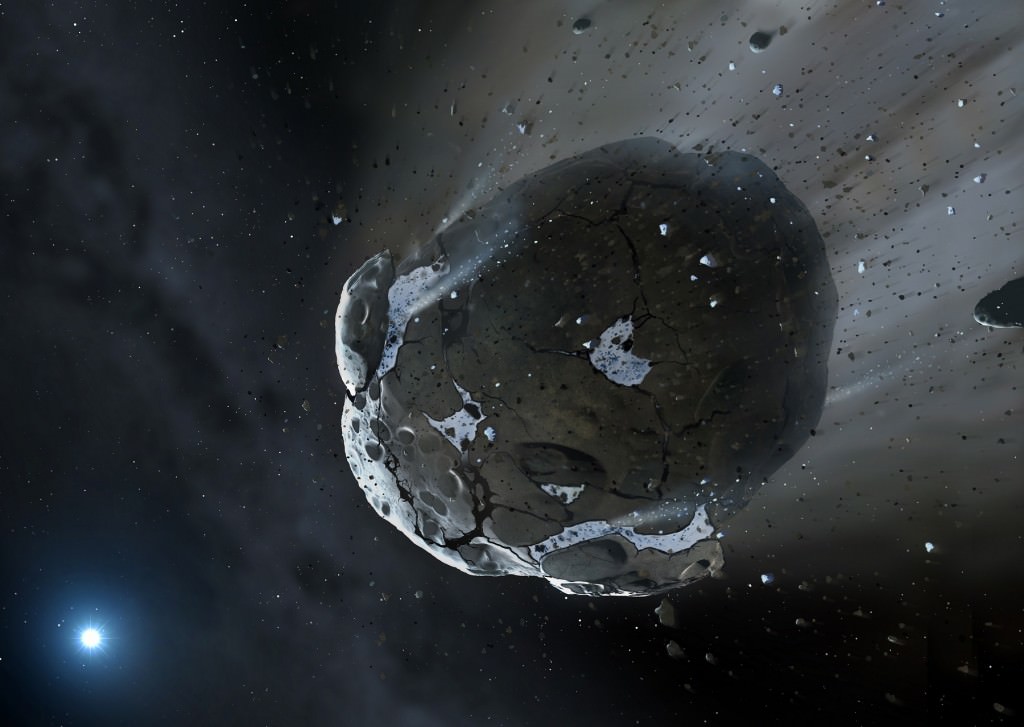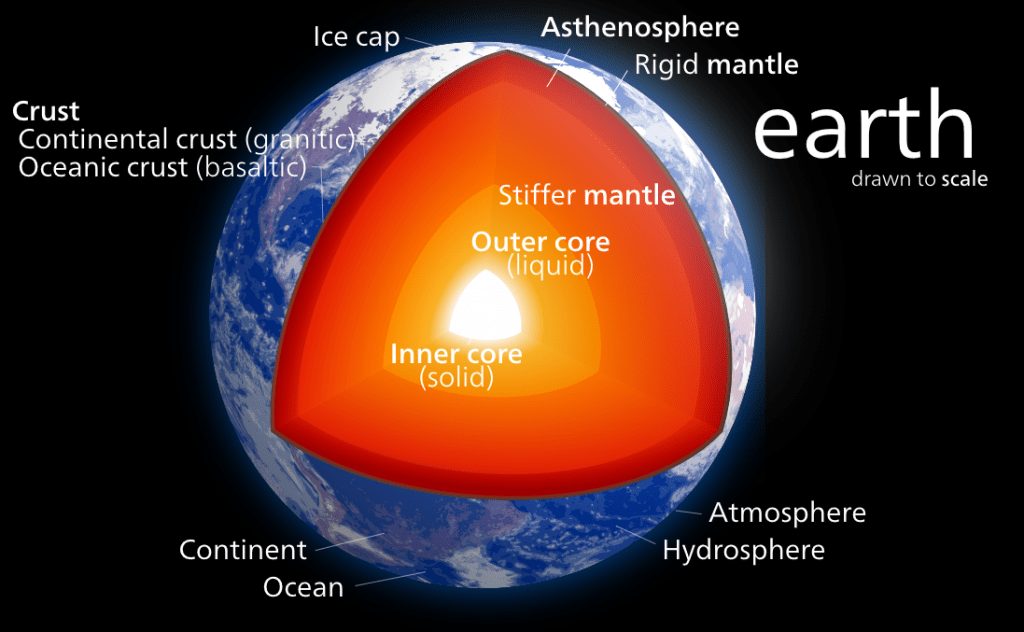Sad fact of the Universe is that all stars will die, eventually. And when they do, what happens to their babies? Usually, the prognosis for the planets around a dying star is not good, but a new study says some might in fact survive.
A group of astronomers have taken a closer look at what happens when stars, like our Sun for instance, become white dwarfs late in their lives. As it turns out, denser planets like Earth might survive the event. But, only if they’re the right distance away.
This new research comes from astronomers in the Astronomy and Astrophysics Group at the University of Warwick. Their paper was published in the Monthly Notices of the Royal Astronomical Society. The title is “Orbital relaxation and excitation of planets tidally interacting with white dwarfs.”
A white dwarf is the final state of a star that isn’t massive enough to become a neutron star. In our Milky Way, about 97% of stars will become white dwarfs.
Dr. Dimitri Veras, University of Warwick.
“The paper is one of the first-ever dedicated studies investigating tidal effects between white dwarfs and planets.”
When a star exhausts its fuel and becomes a white dwarf, it isn’t a gentle transition. The star blows off its outer layers of gases and they form a planetary nebula. Any orbiting planets can be violently shredded by this cataclysmic gaseous expulsion.
After that, any surviving bodies will be subject to massive tidal forces created when the star collapses into its super-dense white dwarf state. The tidal forces could drive any orbiting planets into new orbits, or even eject them from the solar system completely.
Compounding this destructive scenario is deadly x-ray emissions. If some of the orbiting bodies are destroyed or stripped of material, that material can fall into the star, causing the white dwarf to emit x-rays. It’s hard to imagine any life surviving a star’s transition to a white dwarf, but if some did, somehow, the x-rays would be the coup de grace. In any case, the environment around a white dwarf is not a nice place to be.
According to this new study, some planets can survive this deadly environment, if they’re dense enough and if they’re at the right distance.
Their survival hinges on something aptly called the ‘destruction radius.’ The destruction radius is “the distance from the star where an object held together only by its own gravity will disintegrate due to tidal forces,” according to a press release. If any planets are destroyed by the white dwarf, that debris ring will form within the destruction radius.

The study also shows that the more massive a planet is, the less likely it is to survive the new tidal interactions in its solar system. A less massive planet will be buffeted by the same forces, but its lower mass may allow it to survive.
The survival of any given planet is complicated and depends on a number of factors, like its mass and its location relative to the destruction radius. But it also depends on a planet’s viscosity. One type of exoplanet called a “low-viscosity exo-Earth” can be swallowed by the star even if they’re within five times the distance from the white dwarf’s centre and its destruction radius. (Enceladus is a good example of a low-viscosity body.)
There are also “high-viscosity exo-Earths” which can be easily swallowed if they’re located at a distance twice the separation between the centre of the white dwarf and its destruction radius. A high-viscosity exo-Earth is a planet with a dense core composed entirely of heavier elements.
The lead author of the paper is Dr. Dimitri Veras from the University of Warwick’s Department of Physics. Dr. Veras said, “The paper is one of the first-ever dedicated studies investigating tidal effects between white dwarfs and planets. This type of modelling will have increasing relevance in upcoming years, when additional rocky bodies are likely to be discovered close to white dwarfs.”
Dr. Veras is quick to point out the limits of this research. It only applies to homogenous planets. That means planets whose structure is the same, rather than a planet like Earth, with multiple layers in its structure. Modelling planets like Earth is extremely complicated.

“Our study, while sophisticated in several respects, only treats homogenous rocky planets that are consistent in their structure throughout,” said Dr. Veras. “A multi-layer planet, like Earth, would be significantly more complicated to calculate but we are investigating the feasibility of doing so too.”
Dr. Dimitri Veras, University of Warwick.
“…our study demonstrates that rocky planets can survive tidal interactions with the white dwarf in a way which pushes the planets slightly outward.”
The study points out the complexity of determining a safe distance from a white dwarf star. But there will always be a safe distance. For a rocky, homogenous planet, it should be able to resist engulfment and survive the tidal forces if it’s located at a distance form the white dwarf of “about one-third of the distance between Mercury and the Sun” according to the study.
This study will help shape how astronomers hunt for exoplanets around white dwarf stars. And since white dwarf stars are so plentiful, the studies usefulness is guaranteed.
“Our study prompts astronomers to look for rocky planets close to – but just outside of – the destruction radius of the white dwarf,” said Dr. Veras. So far observations have focussed on this inner region, but our study demonstrates that rocky planets can survive tidal interactions with the white dwarf in a way which pushes the planets slightly outward.”

Dr. Veras says that their study also informs the search for exoplanets around white dwarfs by looking for an exoplanet’s geometric signature in the debris disc. It’s a well-known fact that bodies in a debris ring, or in a protoplanetary disc, can leave their mark in the ring, signalling their presence to distant observers.
“Astronomers should also look for geometric signatures in known debris discs. These signatures could be the result of gravitational perturbations from a planet which resides just outside of the destruction radius,” said Dr. Veras. “In these cases, the discs would have been formed earlier by the crushing of asteroids which periodically approach and enter the destruction radius of the white dwarf.”
With more powerful telescopes coming online in the next few years, and with the search for exoplanets ramping up, the team behind the paper hopes their work will help planet-hunters probe white dwarf systems successfully.

